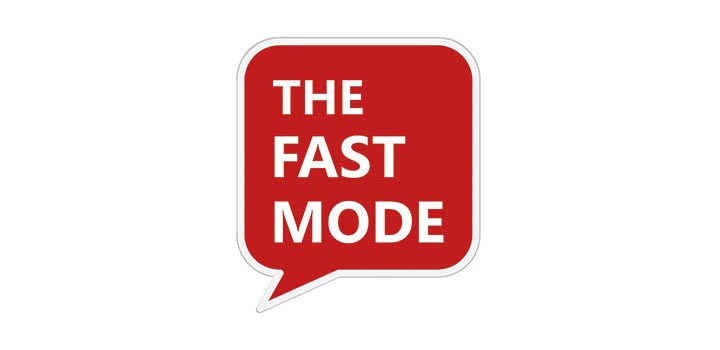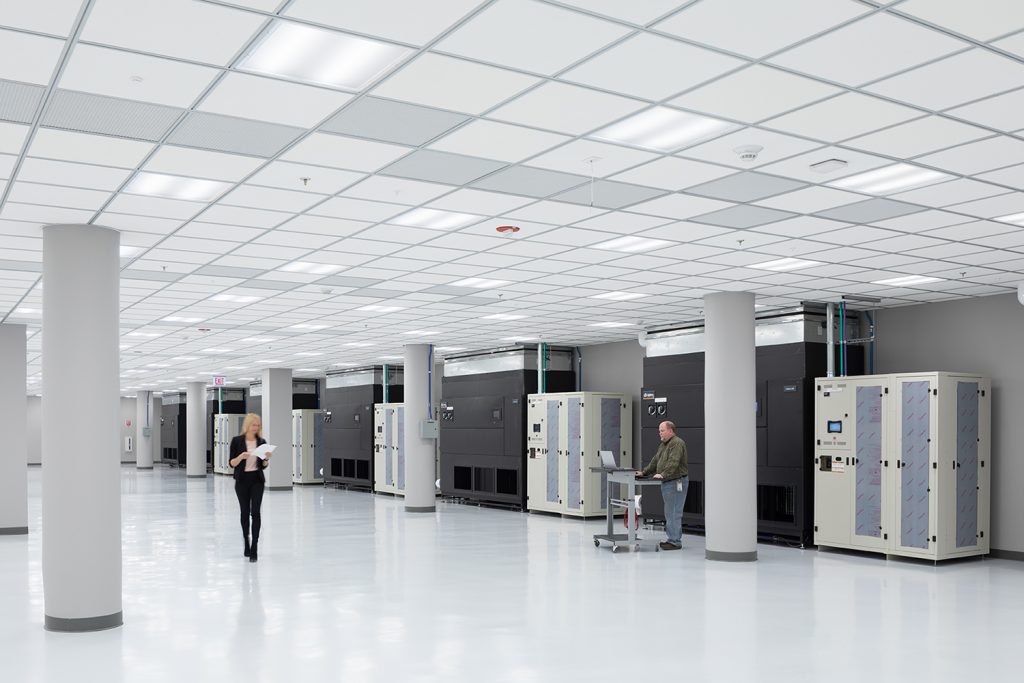Reports say as much as 50% of revenues at some big data center REITs come from cloud hyperscale customers. Hyperscalers tend to be intelligent and demanding customers. In addition to colo, they build, own, and manage their own fleets and, therefore, understand the cost of goods of data center provision. They understand how to squeeze supplier margins.
Of the other 50% of revenues, the split is across wholesale and retail colocation and the blurred lines in between. Of the retail portion of the other 50%, there will be customers for whom purchasing off a rate card-based service is sufficient. But for many others, being offered a menu and being directed to the prices down the side may not be appropriate.
Economies of scale and scaled-up sales – who benefits?
There are considerations for retail and wholesale buyers as to whether big is better.
In any market with few suppliers, big companies like to talk of economies of scale – especially around merger time. This is really a cost argument. For the addressable market, the pitch will be of price advantages through commoditization. However, while commodities can work for certain customer types, the question is whether a utility approach serves the long-term needs of customers who need a little more in terms of service and flexibility.
Colo – fixed or flexible?
In some respects, the basics of the colo industry have not changed much over time. Customers still want to secure space, power, cooling and connectivity.
In other ways, the sector has radically changed because the context in which enterprises need digital infrastructure is shifting. Traditional industries experiencing tech-based accelerated change need agility. Rapid and constant digital transformation is the new normal. For digital natives, the need for flexibility is innate. Traditional and digital native firms need insight into what is happening at an infrastructure level – and both require transparency on costs over time.
A requirements list including flexibility in terms of installation, deployment, access to smart hands services, sustainability, security, and prime location could be limited by a big supplier.










